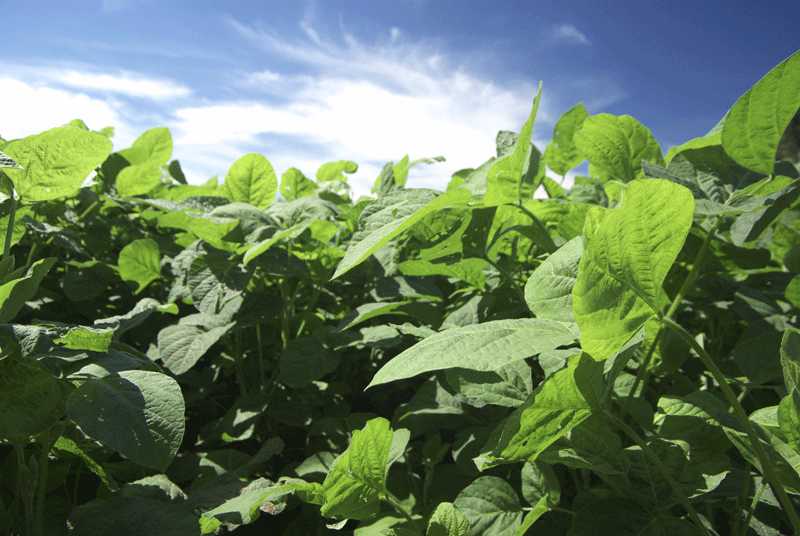Sustainability has been at the forefront of public interest over the last several years and with good reason. Consumers want to know that their food is produced in a sustainable manner.
It starts on the farm
Sustainability plays a part from the beginning to the end of the soybean value chain. For generations, farmers have been adopting new best-management strategies. First to sustain their operations and feed their own families. Now, they need to provide a high-quality product to customers around the world. This makes farmers masters of innovation—just ask Kellie Blair, a soybean farmer in Iowa.
“Sustainability is something we think about on our farm, whether or not it’s required,” says Blair. “For us, sustainability is raising the fifth generation on the same farm my husband grew up on. But we also need to be aware of the impact we’re making on the environment.”
U.S. soybean farmers strive for continuous improvement, such as changing cultivation practices to reduced-till and no-till, or by practicing active crop rotation. The constant willingness to incorporate new, environmentally friendly management strategies on U.S. farms means that others in the value chain can be confident in the value and sustainability of U.S. soybeans.
“It’s a business strategy,” says Blair. “If we are proactive today, it could benefit us someday in the future, so we’re taking steps forward to be more sustainable. End user demand for sustainably grown soybeans is an extra incentive.”
With the consistent standards of the U.S. Soybean Sustainability Assurance Protocol (SSAP) in place, processors sourcing U.S. soybeans can be confident that they are sourcing sustainably grown soybeans that meet end-user demands.
Leveraging the demand for sustainability
End users demand sustainably produced soy. This is where the U.S. Soy Advantage fits in.
According to the standards set forth by the SSAP, more than 90 percent of U.S. soy is sustainably produced. But those end users aren’t buying soy directly from farmers—they’re buying from processors and exporters.
Customers want sustainability verification, and processors using U.S. soy can deliver. Simply sourcing U.S. soy—with sustainability metrics that back up the SSAP and the U.S. Soy Advantage—gives processors a marketing opportunity to demonstrate the sustainability their customers want.
Not only is sustainability important for the environment, but it’s also a smart business move. U.S. soy is already sustainable. It’s time to take advantage of the market demand for it. Processors and others in the soy value chain stand to gain by working together to meet that demand and increase the preference for U.S. soy.

